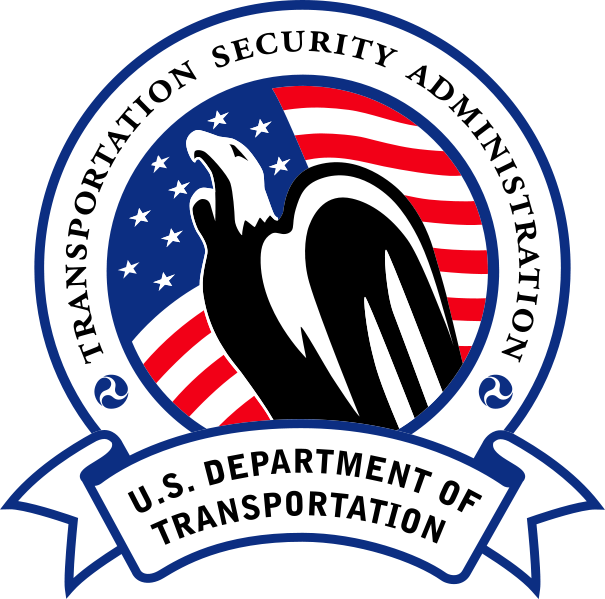TSA Reportedly Searched Man's Luggage for Bitcoin

Apparently, carrying lapel pins that look vaguely like the Bitcoin symbol through airport security was enough to provoke questioning from confused Transportation Security Administration (TSA) agents.
A pair of steely government workers confronted Davi Barker, claiming they saw Bitcoin in his luggage. There is one obvious problem with this. Bitcoin is digital. It can't sit in luggage like a wad of cash or a handful of tokens. (Although Casascius coins has sort of become the face of the digital currency. Before being shut down by the feds, the outfit manufactured physical coins with a private key embedded. But generally it is impossible to encounter physically incarnated Bitcoin.)
Barker replied suspiciously, "What did the Bitcoin look like?"
"Like medallions or tokens," one agent claimed.
It's not clear exactly what prompted the additional screening. Barker was wearing a hoodie with an image of an airplane unloading Bitcoin from the skies. He also had a container of Blockchain.info lapels buried in his bag.
The currency's misguidedly poor reputation in government circles might have spurred the additional screening. What little law enforcement officers know about Bitcoin is generally bad, and recently, authorities have been cracking down on the digital currency. Two men were arrested in Florida for money laundering last month. BitInstant CEO Charlie Shrem was charged with money laundering in late January. TechCrunch reports:
Whatever the legality or contorted logic of the added inspection, it appears there's a knee-jerk negative reaction to the notorious currency.
Under money laundering laws, it is illegal to carry more than $10,000 internationally. Once finally determining that Barker was not flying abroad, the agents quickly abandoned the search.
When contacted by Forbes, the TSA gave a generic statement about safety and terrorism:
TSA's focus is on terrorism and security threats to the aircraft and its passengers. TSA's screening procedures are focused on security and are designed to detect potential threats to aviation and passengers.
Davi Barker chronicles the incident in his blog here.




Show Comments (27)